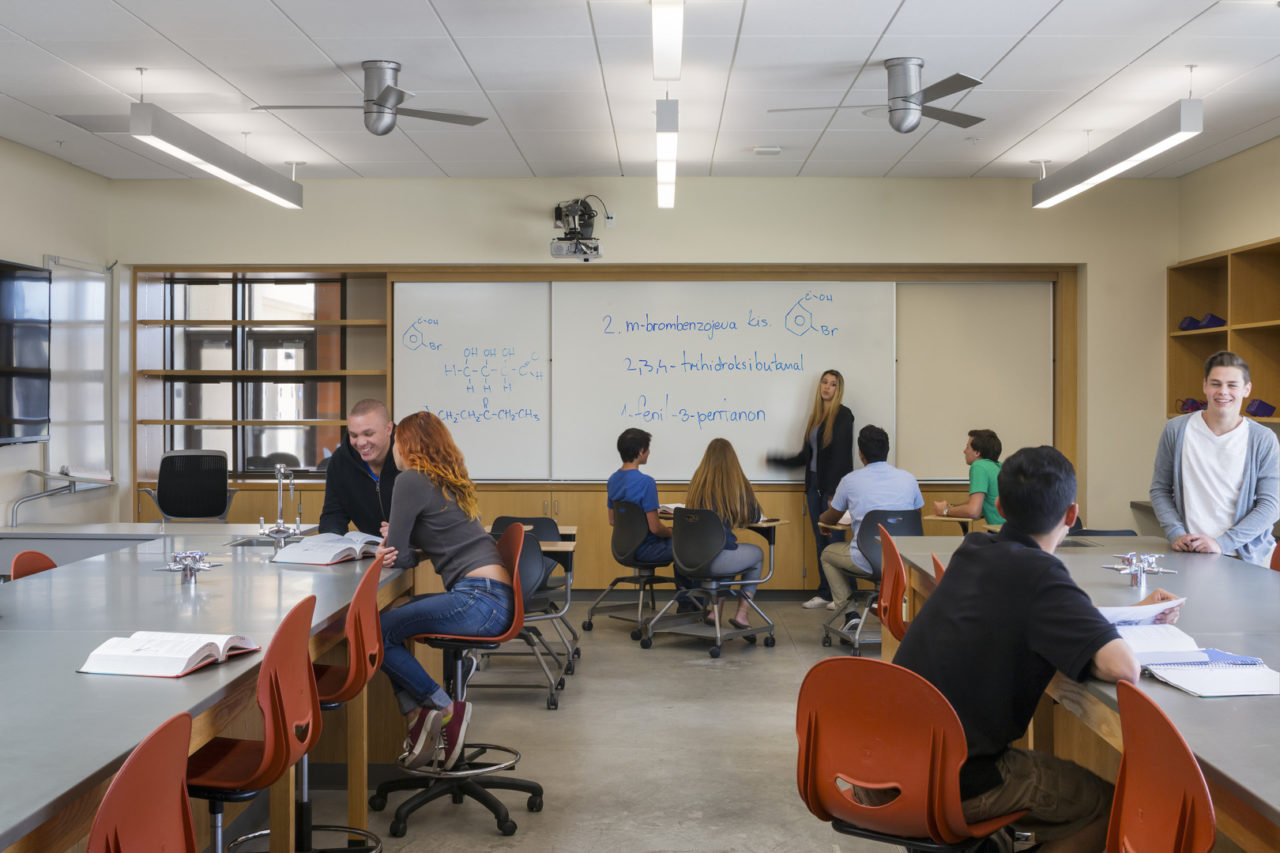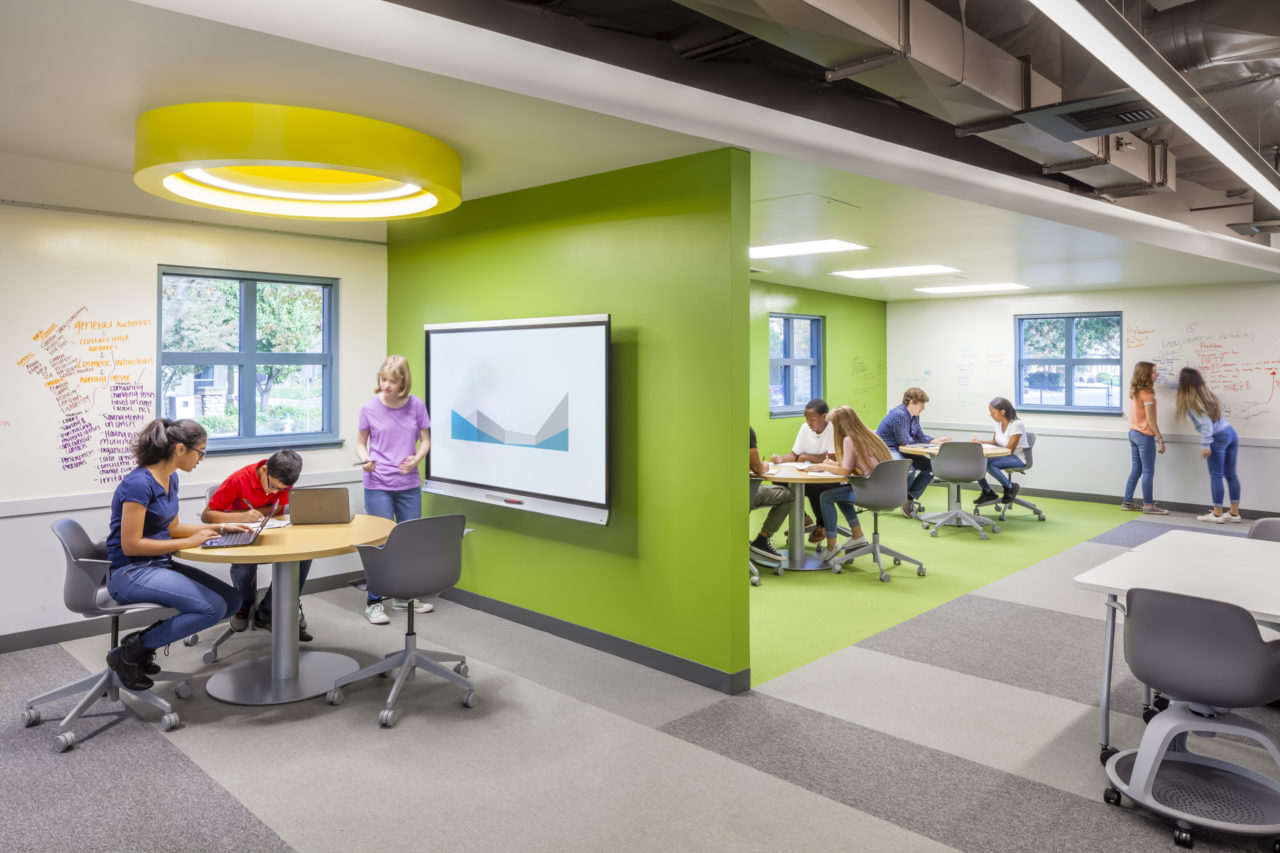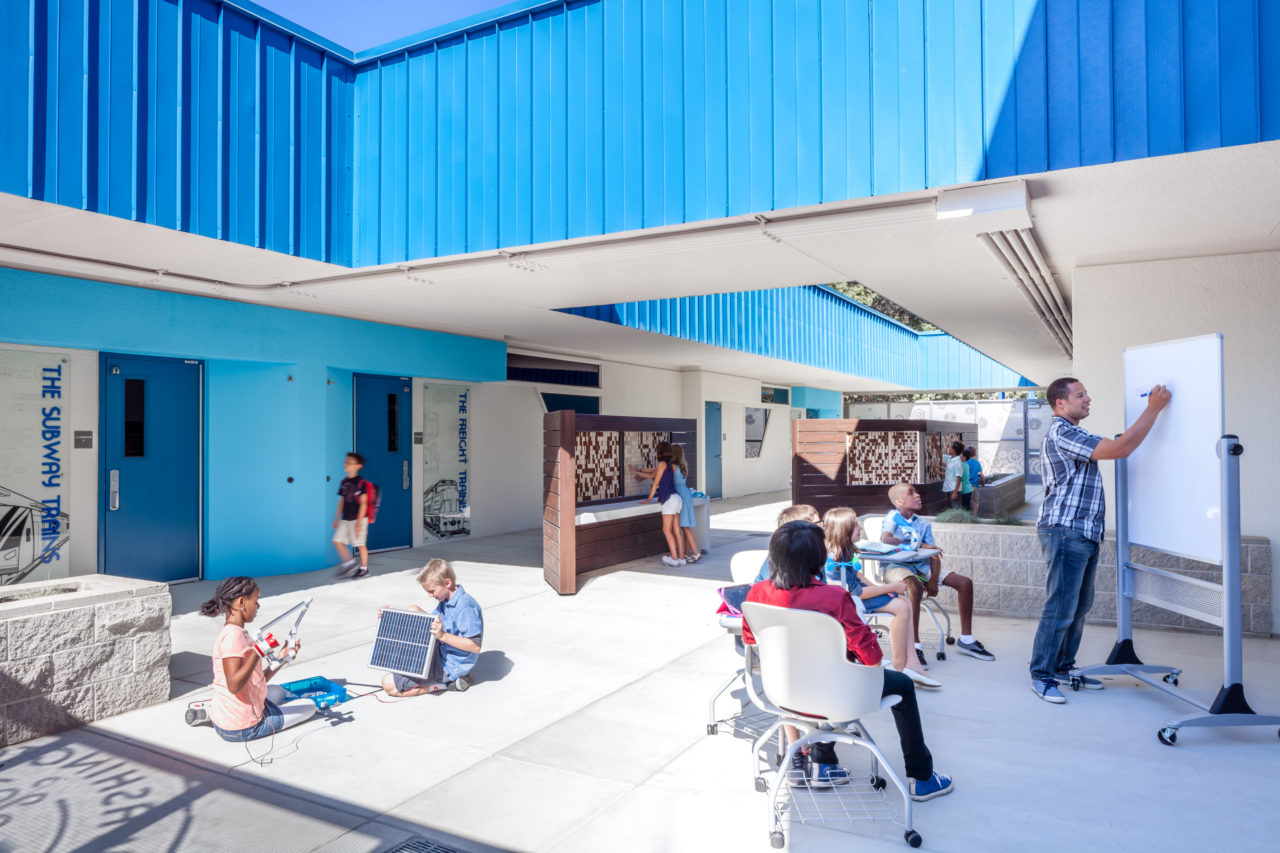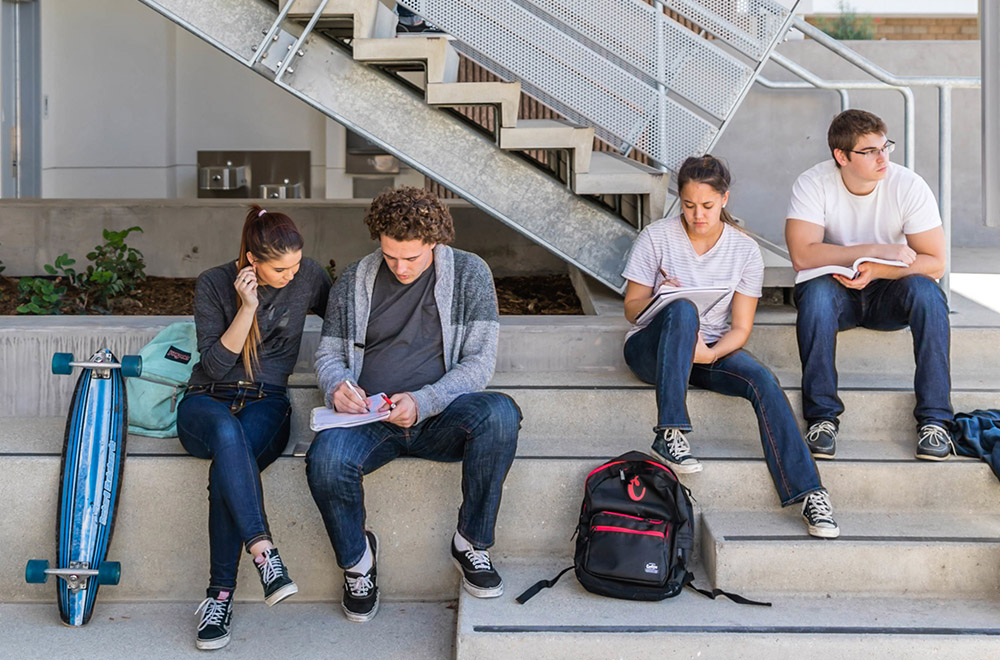How can we encourage students to participate more in class? With so many potential distractions in the classroom, it isn’t easy to hold a student’s attention. However, there is one effective strategy that is helping students stay more engaged: creative classroom seating.
When you arrange the seats in a classroom according to each lesson and use flexible furniture designed to keep students on-task, your students will retain more information and ignore common classroom distractions.
Creative Classroom Seating Supports All Learning Styles
Having flexible furniture in every classroom empowers both students and teachers. Students prefer flexible seats because it gives them more freedom to move around the classroom and work according to their individual learning styles. Teachers like creative classroom seating arrangements because they keep students engaged.
For example, a study published in the Journal of Learning Spaces reports that elementary school students prefer to sit in modern chairs that offer more flexibility. The chairs they enjoy using most have wheels. Some chairs have small writing desks attached to them, while others could be moved to small, trapezoid-shaped tables located around the classroom. For even more flexibility, these trapezoid-shaped tables could also be pushed together to form a much larger table.
The reason why students prefer this creative classroom seating arrangement to traditional, immobile desks and chairs is partly that it enables them to work either individually or in groups. Students who learn best through collaboration have the freedom to break into study groups, while students who learn best through solo study time can move their chairs to a quieter spot.
Teachers also notice a significant improvement in student engagement when they use flexible, nontraditional seating arrangements. Researchers from Otto-von-Guericke University and Uppsala University discovered that fourth-graders were more likely to ask questions when they sat in a semicircle. When they sat in a traditional row-and-column arrangement, they asked fewer questions and some students struggled to pay attention in class.
Today’s classrooms foster dynamic student participation rather than passive listening. In high school classrooms, another option is a few soft seating chairs or sofa in the corner for quiet, individual work. This tends to be the prime location for students and teachers use participation as an incentive. We now know that most students learn best when they can actively engage in the material. Here’s how you can get your students more involved in the classroom using creative classroom seating.
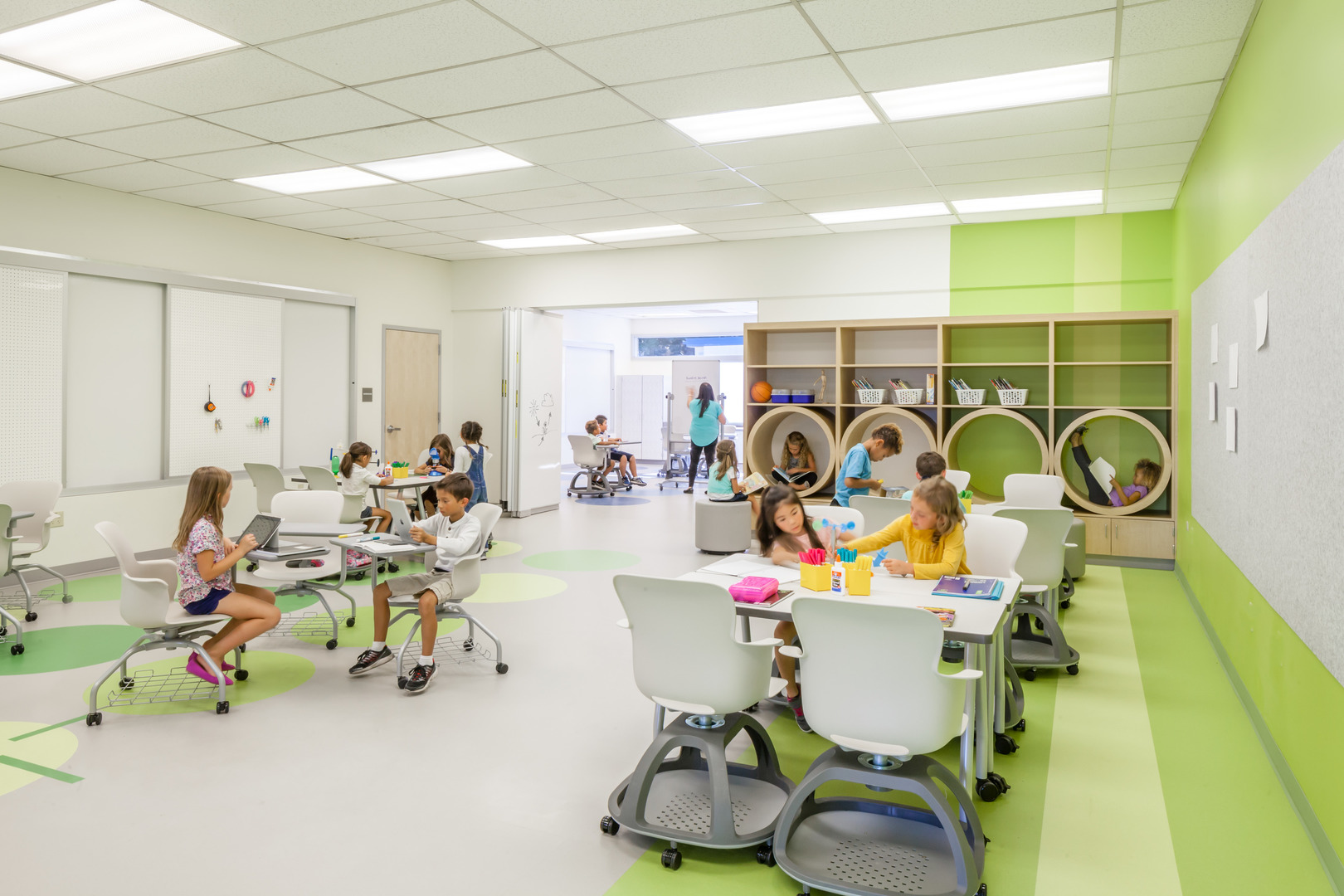 The Best Creative Classroom Seating Arrangements
The Best Creative Classroom Seating Arrangements
Students and teachers love flexible classroom seating, but which styles are most effective? It depends on the size of the classroom, the number of students, and the nature of the course material.
For example, Washington Elementary School in Sacramento, California offers many science, technology, engineering, art, and math (STEAM) classes. Traditional desks and chairs simply won’t work in all of these environments because the classroom activities are so different. To solve this challenge, HMC Architects designed multiple types of flexible classroom seats that can be adjusted based on the students’ and teachers’ needs.
To find the perfect creative classroom seating arrangement for your students, consider these sleek, modern furniture options:
- Chairs on wheels: Mobility is absolutely essential in modern classrooms. Teachers want to break students into groups or arrange the chairs in a semicircle for class discussions without wasting valuable class time. Wheels make this process much faster. Moreover, students and teachers will have more seating options outside of the classroom. Classrooms at Rancho Campana High School have roll-up garage doors that lead to outdoor spaces. Students can easily move their chairs outside to work on projects or get some fresh air.
- Adjustable chairs: In the Leroy Greene Academy science wing, some classrooms have tall countertops and other classrooms have traditional writing desks. HMC Architects designed an adjustable chair that could work in both classroom environments. Students can adjust the height of the chairs based on what they’re doing in class each day.
- Foldaway desks: Chairs with foldaway desks located on the side allow students to work on tests and assignments individually. They can then put the desk away to collaborate with their peers, have class discussions or listen to lectures. Getting rid of traditional desks also makes classrooms feel larger and less crowded.
- Storage spaces: Chairs can have baskets located under the seat where students place their backpacks, jackets, and other items. This is especially useful when students work with messy materials, like art supplies or chemicals in science labs. It protects their items from spills and frees up counter and floor space.
- Power outlets: Many modern chairs have power outlets so that students can charge learning devices like laptops and tablets.
- Modular furniture: In libraries, student lounges and classrooms where students collaborate on projects, modular furniture enables them to customize the space to their needs. Small couches, armchairs, and ottomans are designed to fit together so that students can sit close to their peers.
- Open-seating nooks: While flexibility is the key to effective creative classroom seating, it’s also important to have some built-in seats available for students who want to study alone. You can create these seats directly in the wall to save classroom space. The nooks have cushions to make students feel more comfortable. They’re also more private than a couch or chair, making them ideal for students who need to work or read without distractions.
You can include more than one type of seat in the classroom. In fact, this is often the best option because it enables students and teachers to fully customize the space. For example, Washington Elementary School classrooms have a combination of wheeled chairs, soft ottomans and round seats that are built into the walls to provide students with as many seating choices as possible.
For the best results, you should hire an experienced architecture firm to help you create an effective seating strategy for your students. They’ll recommend the seats that they think will have the greatest positive impact in the classroom.
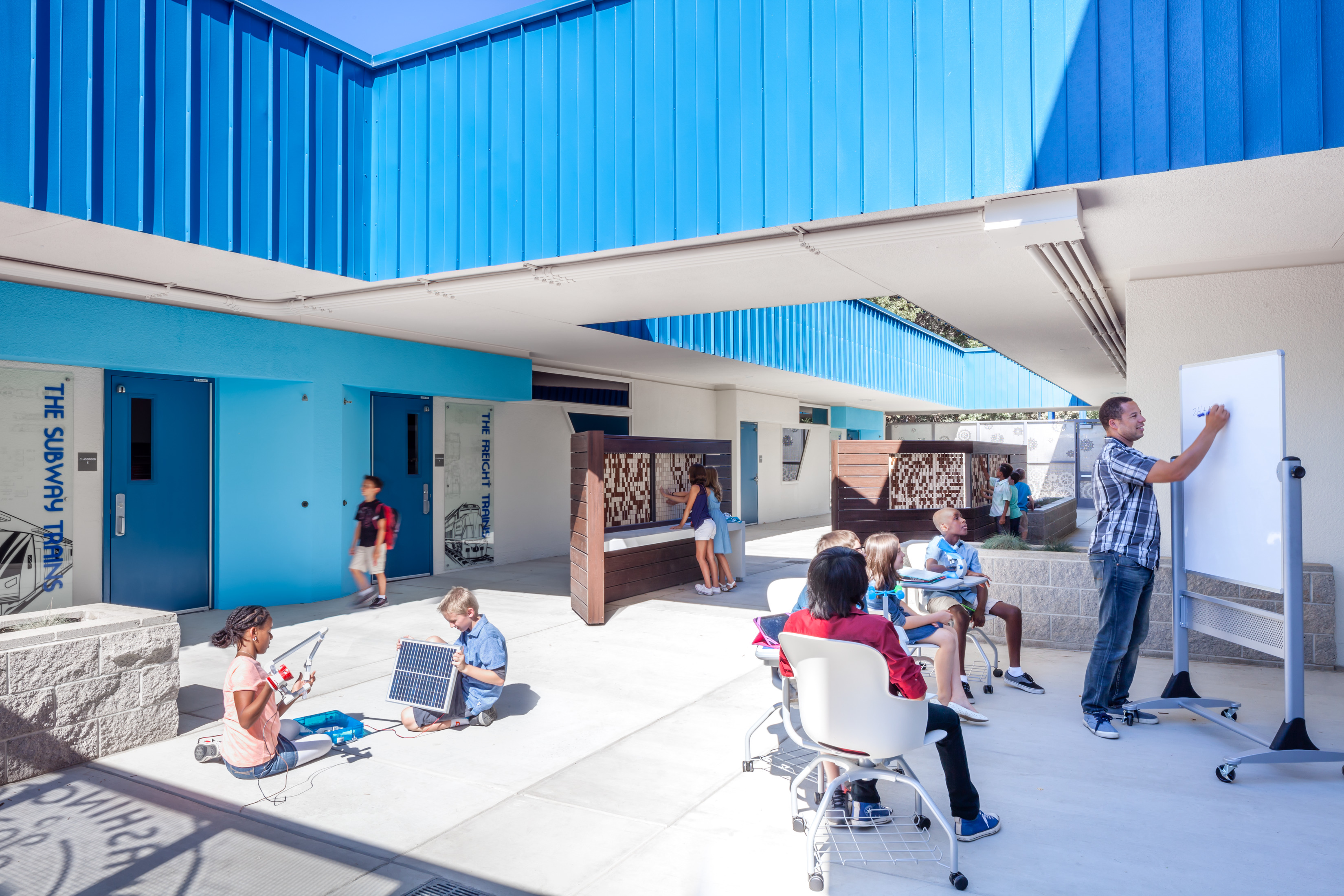 Architects Can Dramatically Improve the Classroom Experience
Architects Can Dramatically Improve the Classroom Experience
Improving classroom seating is a simple but effective way to encourage students to be active learners. Experienced architecture firms know how to design seats that work well for every learning style and lesson plan. Even if you’re on a tight budget, seating renovations are inexpensive and easy to implement.
With thoughtful design and creative classroom seating, architects can make a meaningful difference in the lives of students and teachers alike. Flexible seats make students feel better supported and more focused in class. Teachers can also be more creative with their lessons. This simple change in the classroom has the potential to transform the way students learn for the better.
To introduce creative classroom seating to your school, contact HMC Architects today. We believe in the power of great interior design. When students are comfortable in the classroom and have all of the tools they need within easy reach, they stay engaged. With our help, you can find the perfect seating arrangement for your students and encourage them to learn and grow. To learn more about the classroom design innovations we use, reach out to our Managing Principal, Angel Hosband directly.
